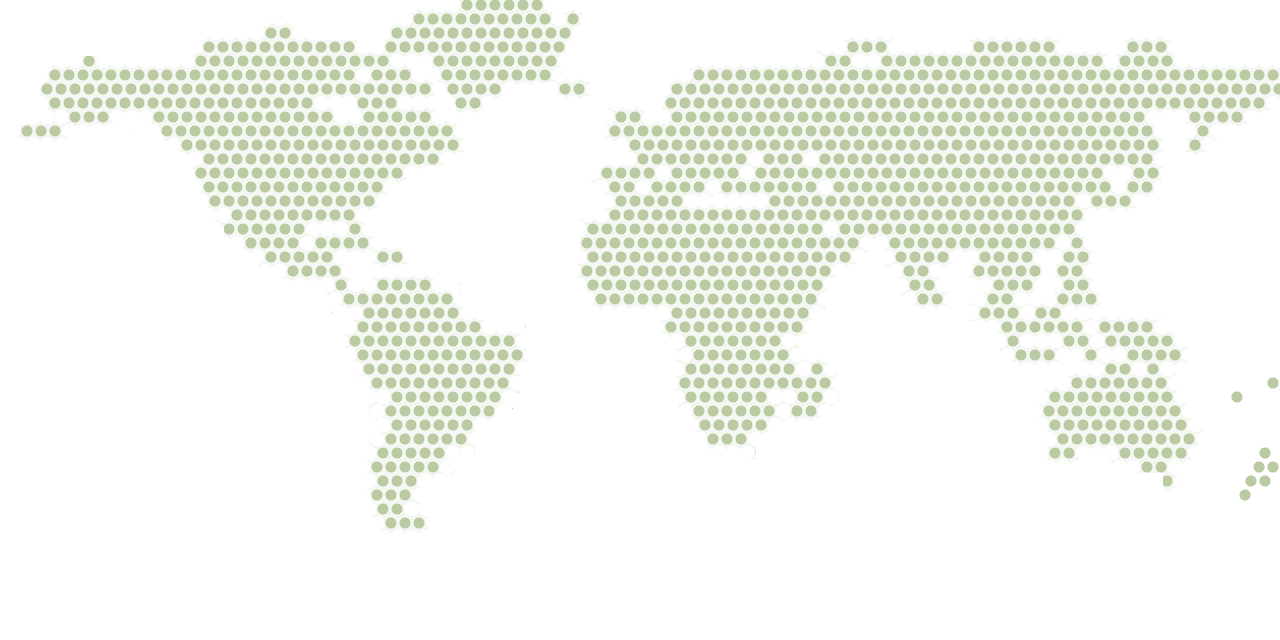Activity List
Activity List
CHALLENGEThe potential for wood production in Mozambique from planted forests has gained attention in recent years. Interest in private wood production increased in the mid-2000’s after the Government of Mozambique (GoMZ) began promoting planted forests, including smallholder plantations. The National Reforestation Strategy (Plano de Acção para o Reflorestamento, 2009) and the Strategic Plan for Agricultural Development (PEDSA) 2010-19 (2010, draft) by the Ministry of Agriculture (Ministério da Agricultura, MINAG) estimated that 7 million hectares of land would be available in central and…
Read More
APPROACHTo support the development of a sub-Saharan forestry strategy that will outline the challenges and opportunities for developing forestry in the Africa Region, this study will look in greater depth at issues in the dryland ecosystems, building on existing programs and projects, literature, lessons learnt from the past while developing operational recommendations. RESULTSThis knowledge activity seeks to build on the valuable analysis conducted on policies, incentives and options for the rural poor in the Miombo Woodlands of Southern Africa, funded by PROFOR, by bringing in analysis…
Read More
CHALLENGETo control and reduce deforestation in the Amazon, the Brazilian government created the National REDD+ Strategy (NRS), which has provided a framework to compensate entities protecting the Amazon along a jurisdictional scale (states). In 2015, to support the coordination and implementation of the NRS, the Brazilian Government established the National Commission for Reducing Emissions of Greenhouse Gases from Deforestation and Forest Degradation, Conservation of Forest Carbon Stocks, Sustainable Management of Forests and Increase in Carbon Stocks Forestry - REDD + (CONAREDD)…
Read More
CHALLENGEAt the heart of whether growth in a country is green and sustainable is the issue of accumulation of wealth. It is wealth — broadly defined to include manufactured capital, natural capital (including forests), human and social capital— that underlies the generation of national income. Gross domestic product (GDP) has conventionally been used to assess economic performance, measuring economic growth from one year to the next. But GDP does not take into account depreciation and depletion of wealth, and therefore does not provide an indication of whether growth is sustainable: an…
Read More
APPROACHBuilding on work co-financed by DFID and GTZ starting in July 2006, this activity implemented by Global Witness in partnership with INAFOR, aimed to strengthen civil society organizations' contribution to monitoring the forest sector and combating illegal logging. The work was co-financed by GTZ and the World Bank's FLEG team (now part of PROFOR). RESULTSThis activity provided technical assistance for the implementation of a National External Auditing system that is expected to ensure the verification of the legality of forest products.This includes implementation of an auditor…
Read More
CHALLENGEIt is increasingly agreed that informal institutions matter in forest resources governance. But what do we know about the way informal rules, in their interaction with formal rules, shape the use of forest resources by various groups such as communities and small holders?APPROACHThrough case studies in Bolivia, Nicaragua, Brazil and Honduras, three areas of behavior that affect forest resource use by smallholders and communities were examined:the interface of formal rules, often contained in written laws, and practiced ‘rules of the game’ that guide how smallholders and communities…
Read More
Information technology and management in forest governance -- innovations for improved forestry outcomesCHALLENGEImproving forest governance and reducing forest crime requires reforms regarding: legislative framework, public institutions, private sector operations, and civil society participation to name a few. Many countries have already reformed their forest legislation and institutions. It is essential to recognize that in order to actually achieve improved forest outcomes, reforms need to be both planned properly and implemented effectively at all levels.Modern information technology,…
Read More
CHALLENGEIn many countries—particularly in the Balkans—most of the environmental services provided by the sustainable management of forests and uplands are seldom quantified, often not valued, and even more rarely captured by the owners/managers of these resources. Capturing these benefits has the potential to enhance the environmental management of forest resources, protect landscapes from erosion and downstream water systems from siltation and flooding, increase carbon sequestration (with a possible decrease in consumption of fossil fuels), while at the same time helping to address rural…
Read More
CHALLENGEImproved watershed management will be crucial to meet growing food demand in India, for example by: recharging local aquifers and improving downstream water flows; decreasing soil erosion; increasing agricultural productivity; and helping farmers adapt to climate change. Experts believe that an additional 102 million tons of food grains need to be produced annually by 2020 to meet national nutritional needs under moderate population growth forecasts, 38 million tons of which will need to come from either rainfed lands or imports.However, rainfed regions have lagged far behind and…
Read More
Experiences of Countries with Transition Economies: Problems and Solutions In February 2003, the International Workshop on Institutional Changes in Forest Management in Countries with Transition Economies took place in Moscow, Russia. The workshop, organized jointly by the Russian Ministry of Natural Resources and the World Bank with support from PROFOR, brought together participants from 18 countries with transition economies, including representatives of government, the private sector, academia and non-governmental organizations. The one-day event provided an opportunity for decision…
Read More









